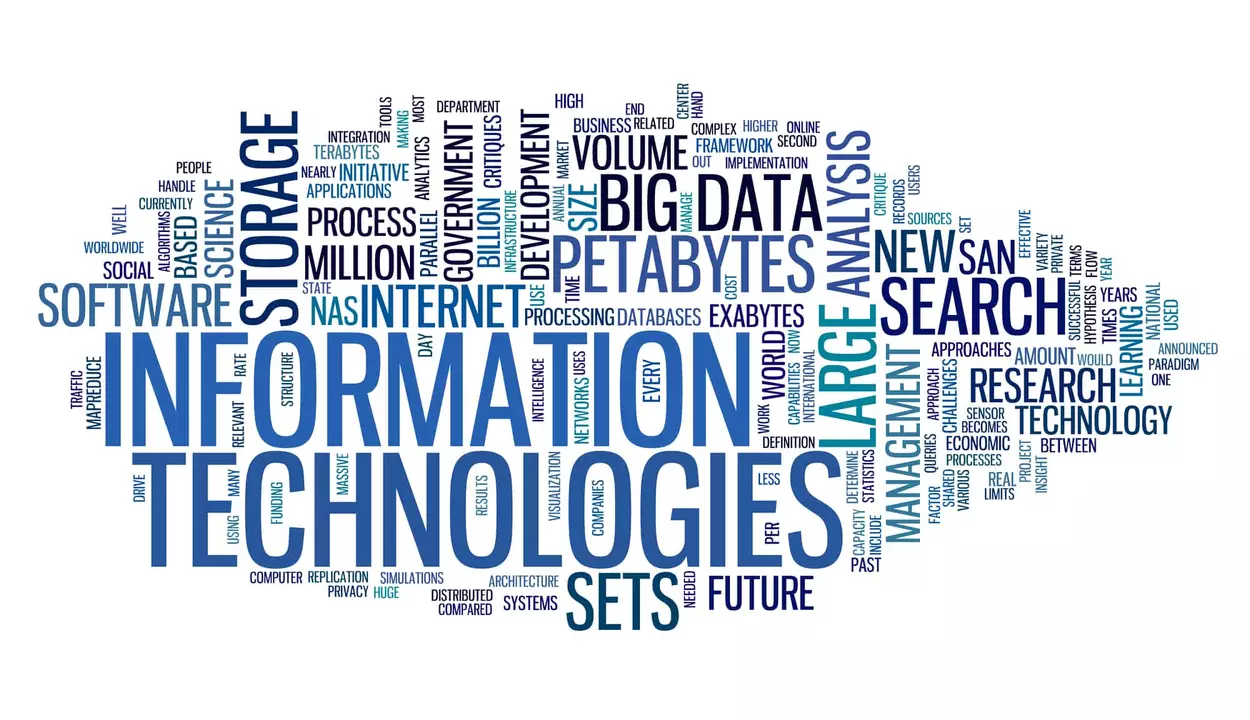What is information technology system?

Understanding the Basics of Information Technology Systems
Information technology systems, often referred to as IT systems, are at the core of our modern world, shaping how we communicate, work, and live. But what exactly is an information technology system? In its simplest form, an IT system is a collection of hardware, software, and networks that work together to store, retrieve, and process data. In this section, we will delve deeper into the core components of IT systems and explore how they work together to empower businesses, organizations, and individuals.
Hardware, the physical components of IT systems, includes devices like computers, servers, routers, and switches. These components are responsible for executing tasks and storing data. Software, on the other hand, is the collection of instructions and programs that run on hardware, enabling it to perform specific tasks. Operating systems, applications, and databases are all examples of software. Networks are the communication infrastructure that connects various hardware devices, allowing them to share data and resources. Together, these elements form the foundation of an IT system, facilitating the efficient and secure management of information.
Exploring the Different Types of IT Systems
With the rapid advancement of technology, IT systems have evolved to serve a myriad of purposes and cater to various industries. In this section, we will explore some of the most common types of IT systems and their applications. From simple personal computing setups to complex enterprise systems, the world of IT is vast and diverse.
Personal computing systems, which include desktop computers, laptops, and mobile devices, are designed for individual use and are typically found in homes and offices. These systems enable users to perform tasks such as creating documents, browsing the internet, and communicating with others. Enterprise IT systems, on the other hand, are designed to manage the needs of large organizations. These systems often include powerful servers, storage devices, and networking infrastructure to support the efficient processing and management of large volumes of data. Examples of enterprise IT systems include customer relationship management (CRM) systems, enterprise resource planning (ERP) systems, and supply chain management systems.
The Role of IT Systems in Business and Organizations
IT systems play a crucial role in the success and growth of businesses and organizations. From streamlining operations to enabling data-driven decision-making, IT systems have transformed the way we work and do business. In this section, we will discuss the myriad ways in which IT systems contribute to organizational success and the importance of staying up-to-date with the latest technological advancements.
One of the most significant ways IT systems impact businesses is by improving efficiency and productivity. Modern IT systems automate and streamline processes, reducing the time and effort required to complete tasks. This allows employees to focus on more critical aspects of their jobs, boosting overall productivity. Additionally, IT systems facilitate seamless communication and collaboration, connecting employees across departments and geographic locations. This enables teams to work together more effectively and make better, more informed decisions. Furthermore, IT systems play a critical role in data management and analysis, helping organizations make data-driven decisions that drive growth and success.
Ensuring Security and Compliance in IT Systems
In today's digital age, ensuring the security and compliance of IT systems is of paramount importance. Cybersecurity threats are constantly evolving, putting businesses and organizations at risk of data breaches and cyberattacks. In this section, we will discuss the importance of implementing robust security measures and adhering to compliance standards to protect sensitive information and maintain trust with customers and stakeholders.
Implementing effective security measures is crucial to safeguarding an organization's IT systems and the sensitive data they store. This may involve installing firewalls, using encryption, implementing strong authentication measures, and regularly updating software to address vulnerabilities. Additionally, organizations must follow industry-specific compliance standards, such as the Health Insurance Portability and Accountability Act (HIPAA) for healthcare providers or the Payment Card Industry Data Security Standard (PCI DSS) for businesses that handle credit card transactions. Adhering to these standards not only helps protect sensitive information but also fosters trust with customers and stakeholders, which is essential for maintaining a positive reputation and ensuring long-term success.
Keeping Up with the Future of IT Systems
The world of information technology is ever-evolving, with new advancements and trends emerging at a rapid pace. Staying up-to-date with these developments is essential for businesses and organizations that want to remain competitive and adapt to the changing landscape. In this section, we will explore some of the most promising trends in IT systems and discuss the importance of continuous learning and adaptation in this fast-paced field.
Some of the most notable trends in IT systems include artificial intelligence (AI), cloud computing, and the Internet of Things (IoT). These technologies have the potential to revolutionize how businesses and organizations operate, enabling new levels of efficiency, innovation, and growth. To stay ahead of the curve, organizations must invest in continuous learning and training, ensuring their IT teams have the skills and knowledge necessary to implement and manage these cutting-edge technologies. Additionally, organizations should be prepared to adapt their IT systems and strategies as new advancements emerge, ensuring they can capitalize on the opportunities presented by these game-changing technologies.